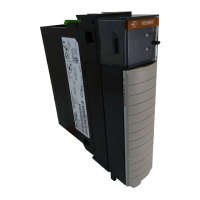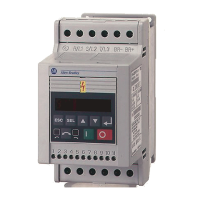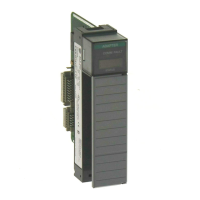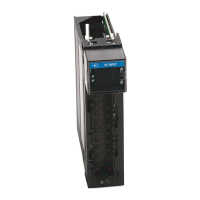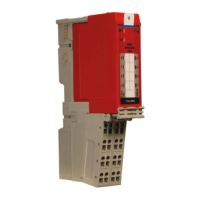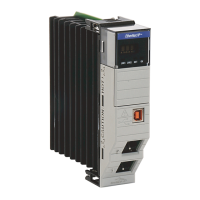34 Rockwell Automation Publication 1420-UM001E-EN-P - March 2016
Chapter 3 Unit Configuration
FILTER CO: if the new value that is acquired by the unit is within the filtering
action range, the new displayed value is obtained by adding algebraically the
previous value to the variation divided by the filtering coefficient. As a
consequence, a value higher than this coefficient implies a higher settling time
and therefore better stability. Therefore, the best result is obtained by setting the
filtering coefficient to a value equal to at least 10 times the value of the range
parameters. In the example, 3.0*10=30. To improve the stability, you can increase
the filtering coefficient; the admitted values are included within
1 and 255.
Example 3
It is necessary to stabilize the value of the displayed variable A L1
(phase current 1), which fluctuates in the range 470 A and 486 A.
To be able to manage the alarm function and activation and deactivation of the
relay, this value is not to be subject to continuous fluctuations. In this example,
we have considered using a 500/5 A CT. Program the parameters of the digital
filter as follows:
FILTER S: the variable fluctuates within the mean value whose amplitude is
equal to ±1.60% of the full scale rated value of this variable (obtained with the
calculation:
(486 - 470)/ 2= ±8 A, then ±8*100/500 A= ±1.60%
where 500 A is the value referred to the primary of the transformer being
used).
The FILTER S parameter, which represents the action range of the digital filter, is
programmed to a value slightly higher than the percentage amplitude of the
fluctuation, for example 2.0%.
FILTER CO: if the new value that is acquired by the instrument is within the
filtering action range, the new displayed value is calculated algebraically adding to
the previous value the variation divided by the filtering coefficient. As a
consequence, a higher value of this coefficient implies a higher settling time and
therefore better stability. Therefore, the best result is obtained setting the filtering
coefficient at a value equal to at least 10 times the value of the range parameter. In
the example, 2.0*10=20. To improve the stability, you can increase the filtering
coefficient; the admitted values are within 1 and 255.

